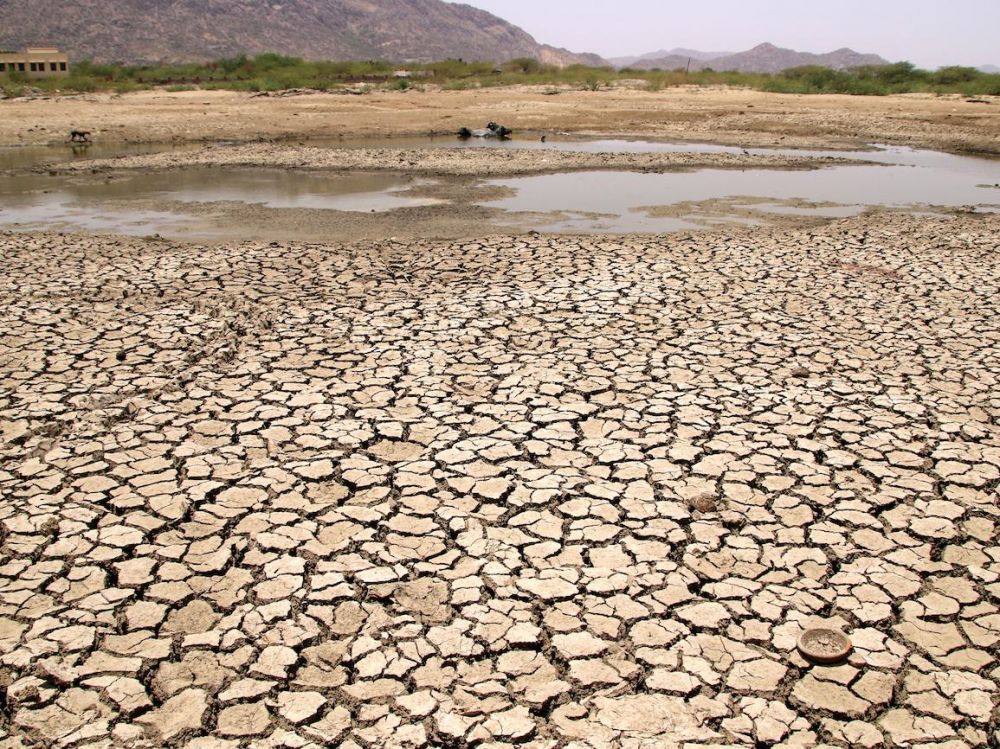
Severe drought continues to threaten France
Groundwater levels in most areas are below normal for this time of year, nine departments have exceeded the alert threshold, and in two, already in crisis, prefectures have imposed restrictions. A comprehensive water management strategy is being implemented by the government in an effort to resolve the issue.
Extreme drought looms in France, the Geological and Mining Research Bureau (BRGM) warned in early March. They highlighted the severity of the situation by stating 80 per cent of groundwater levels are well below normal for this time of year, between moderately low and very low. However, the current situation is even more worrying than it was in 2022, when only 50 per cent of groundwater was at low or very low levels, Le Figaro emphasized.
As V4NA reported earlier, in the summer of 2022, France experienced an exceptionally dire situation, with an unprecedented drought caused by a severe lack of rainfall and heatwaves, causing extensive damage.
This year is set to be even more difficult. Nine departments have crossed the alert threshold and two, Bouches-du-Rhone and Var in the south of the country, declared a state of crisis. The prefect of Var has already imposed water restrictions in 97 of the 153 municipalities.
#Sécheresse | 97 communes du #Var sur 153 sont déjá concernées par des restrictions d’usage de l’eau (en 🟡 et en 🔴 sur la carte ⤵ )#Tousmobilisés pour économiser l’eau 💧
> Le niveau d’alerte dans votre commune et les mesures de restrictions 👉 https://t.co/cgDixTjaBQ pic.twitter.com/NEtlJWhWvs— Préfet du Var (@Prefet83) March 28, 2023
The regulation bans watering lawns, flowerbeds and other green areas, as well as golf courses and other sports grounds. Watering of vegetable gardens is also prohibited between 8 am and 8 pm. Car washing is conditional, only those who need a car for their work can wash their vehicles, but they can only do so with a high-pressure device that has a water recirculation system. Private individuals are forbidden to wash their cars. Pools over one cubic metre may not be filled up, and the showers of open-air and other baths may not be used either.
In some parts of the departments impacted by the crisis, the authorities have asked residents to save water, especially drinking water. Only so-called „priority” water usage is permitted in the areas concerned, meaning that drinking water can only be used in health and civil safety cases, and when it is essential for hygienic reasons.
BRGM calls attention to the fact that the likelihood of a severe drought this summer primarily depends on the following months and the amount of precipitation. BRGM, however, estimates that there is little chance for the restoration of the water levels by spring due to the extremely low levels of ground water.
The French government is also acutely aware of the situation. French President Emmanuel Macron is to visit the village of Savines-le-Lac in Haute-Alpes department, near the Italian border, to announce a water management plan involving more than fifty measures expected to prevent drought-related damage in the country, Le Figaro writes. The plan will involve „all French people” including citizens, associations, companies and local authorities, the paper adds. Similarly to the handling of the energy crisis during the autumn of 2022, the French government intends to mount a joint mobilisation effort in the hope of preventing severe water shortages.

